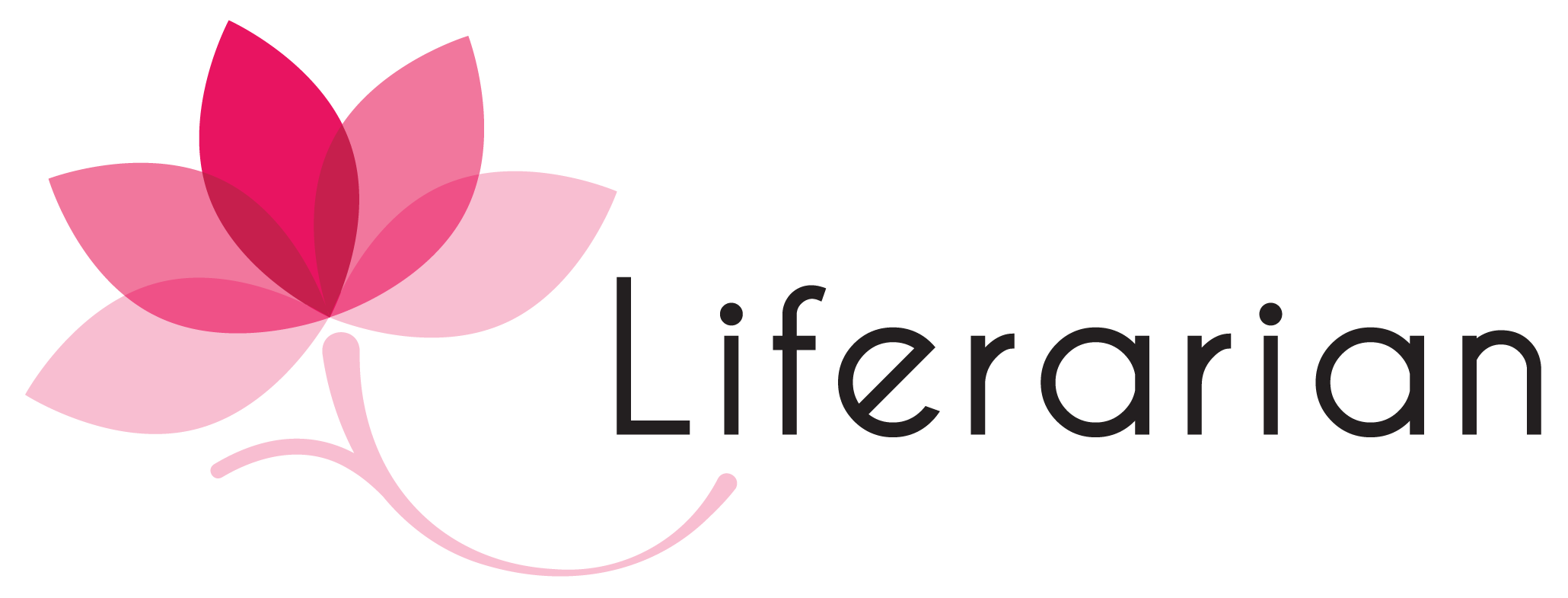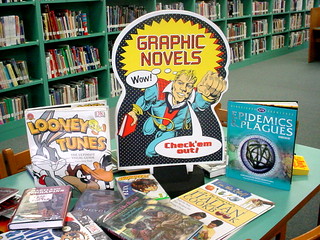We all know the importance of reading for building the literacy skills of young learners in schools. Libraries and librarians are considered to be strong advocates in supporting literacy skills and literature. In February 2017, the American librarian and designer Rebecca McCorkindale posted a graphic on her blog, Hafuboti, depicting library users of all ages, races, genders, sexual orientations, religions, and interests. The message was simple: “Libraries are for everyone.” (https://www.openbookinitiative.org/libraries-are-for-everyone). This means that we need to have a variety of collections that target different users. Hence librarians try to build a pool for different types of learners, not only for those who have good reading skills but also for those who do not read and have not read for a long time.
Many kids are excellent and passionate readers in elementary school, and then when they advance to middle school, they stop reading books. The elementary kids are exposed to a lot of picture books and chapter books. The stories are easy to read with less text and more illustrations. However, the transition from elementary to the middle in the reading world often is not smooth and planned. Suddenly these elementary school kids are expected to read novels and other non-fiction books usually recommended by their subject teachers. Because of this lack of transition problem, many middle school and high school students lose interest in reading along the way. And to make matters worse, these kids get labeled as reluctant readers when in effect, it is not their fault. We have to prepare them better to transition from illustration-based books to full-text novels or other reading material.
Some four years back, I remember an incident where a middle school student had borrowed a graphic novel from the library. When the child was walking in the hallway with it towards her classroom, a senior teacher stopped her and remarked – “Why did you borrow this type of book? It’s not going to help you become an independent reader,” and the child came back to the library to return it. My experience of adding graphic novels to the library collection has diminished because of this labeling or commenting and myriad others.
However, with some hesitancy, I persisted and continued adding a few graphic novel titles to my library collection because I observed that the reluctant readers who had never stepped into the library were coming with their friends to borrow these graphic novels. Some of them started suggesting other titles for purchase. Moreover, this allowed the student body to have a voice and choice in making additional library purchases, which turned out to be beneficial to the new readers. I was pleasantly surprised how the circulation statistics of graphic novels began increasing. However, it is often challenging for a librarian to endorse classic books to students. The new version of colorful graphic novels, illustrations, and limited textual content provide an appealing format. They tend to attract teenagers, especially in the middle and high school age groups. The newly created versions of Shakespeare and Classic adaptions such as To Kill a Mocking Bird, Romeo and Juliet, Great Expectations, The Call of the Wild, Anne of Green Gables, and so on have acted like game-changers. i.e., attracting non-traditional young readers to take these up as leisure reading, further helping build their literacy skills. And an additional bonus is that IBDP Language A: language and literature course have included Comic strips, comic books, and graphic novels as types of texts in the curriculum.
To gauge the value of graphic novels in the curriculum, I conducted a mini-survey with a few English teachers and a few IBDP students. The teachers were asked –About their opinions or views on the use of graphic novels in their English classrooms? One teacher responded, “Graphic novels are significant in English classrooms because through the multimodal medium, we can teach children how to analyze colors, shapes, the layout of the panels, the thoughts of the characters. Children are not very keen to sit down with a book nowadays because they find it tedious”. The survey went on to ask a follow-up question about how students perceived them as a part of the curriculum: Another Teacher shared: “Graphic novels as a comprehensive whole bring more than enough academic rigor to reading in any curriculum. Students are bound to find them engaging (I’ve had lazy students not read but ‘look at the pictures and get interested), and they have a positive impact on students’ personalization of response during discussions”.
In another part of the survey, students were asked about their overall experience reading graphic novels as text type in English class. In answering this question, reading graphic books for textual analysis during English class was good as there were many things that we could explicitly analyze.
Graphic novels have started receiving literary awards. In the past few years, an array of graphic fiction and non-fiction novels are published under various categories such as memoirs, biographical, historical fiction, science fiction, realistic stories, LGBTQ, which has caught the attention of the teachers and students. I am glad that a few teachers have started using and supporting the graphic collection. The school library has now built a good supply of graphic novel titles. With the help of enthusiastic teachers, we will be strengthening our collection further. To young readers, a separate section has been organized like one in a bookstore has made.
Graphic novels should not be restricted to English classrooms. However, there are ample opportunities for other language and subject teachers to bring these graphic novels either as stand-alone texts or as supplementary material. Graphic novels have tremendous power to teach complex topics across subjects, and the power must be harnessed with collaboration between teachers and librarians.
The librarians need to select the graphic novel more carefully and communicate to teachers how to make connections to their lesson plans. There are several websites with tools that provide reviews for graphic novels, such as SLJ. (School Library Journal), The Guardian, The Graphic Library Website, Common Sense Media as well some forward-thinking publishers. As supporting materials, School librarians need to add and promote graphic novels as part of the K-12 curriculum.
Ultimately our goal is building literacy skills and improving young adult reading habits. To create user-based collections, provide elementary to secondary school reading material transition, curriculum-based illustrated texts, and conscientious teachers, librarians and publishers are all connecting dots that need to come together to complete the whole picture.
By
Sakhvir Lawrence
Teacher Librarian
Good Shepherd International School
Ooty, Tamil Nadu



Thought provoking perspective on Graphic Novels and the multiple possibilities they entail.
Thank you for sharing.
Amazing read! Well written sakhvir
Congratulations! This is a brilliant post
Graphic novel is very vibrant idea and effective solution for engaging students into reading. Very well articulated Sakhvir. Congratulations and keep it up!